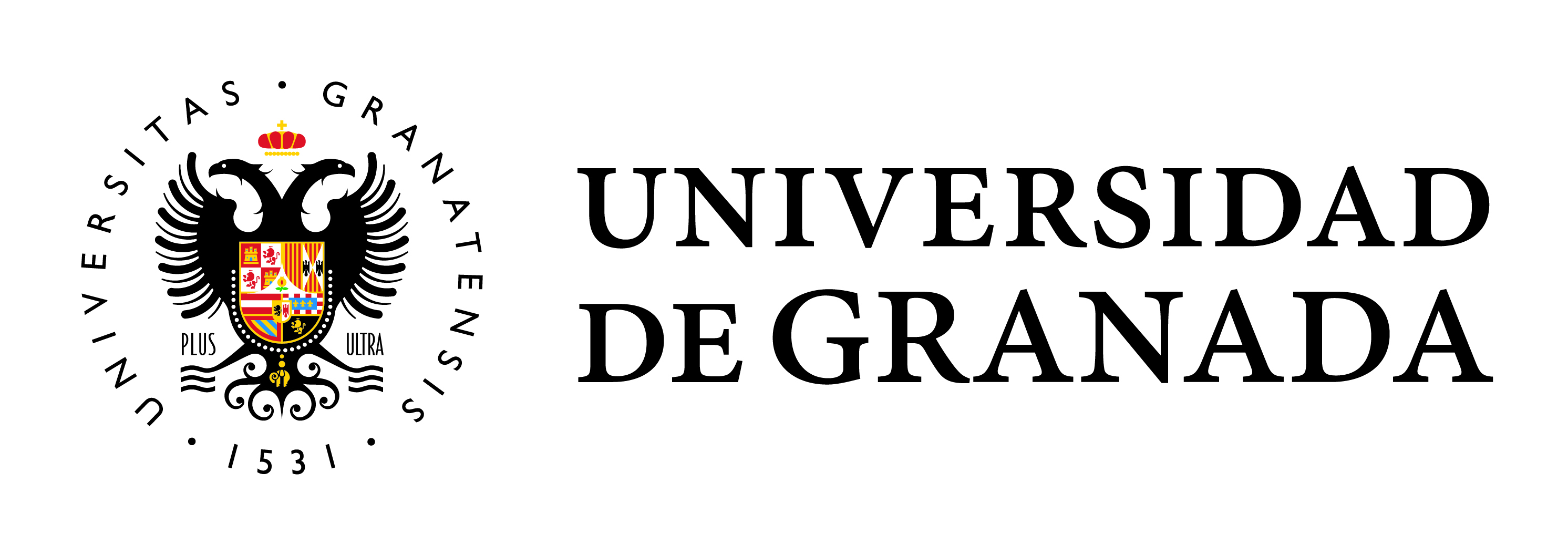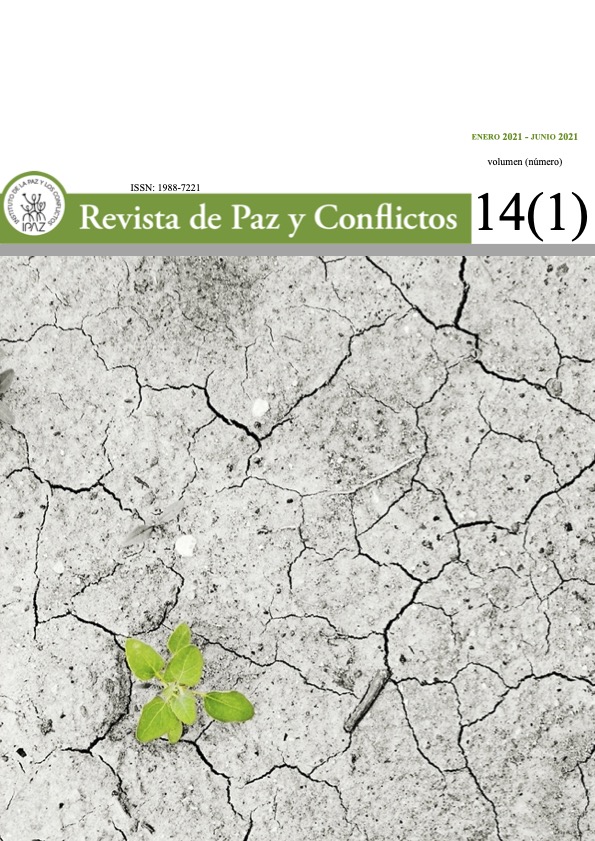Mapping Inter-American struggle (1946-2001): an overview on military conflict and economic embargoes
Contido principal do artigo
Resumo
International relations have always focused on security and conflict studies. These themes are central to understand several factors from geopolitics to world (re)ordering. There is no doubt that since the Second World War, the role played by the United States (US) is crucial to understand such aspects of international life. Furthermore, their acting in Latin America follows the same pattern. In that sense, this article proposes to address the following research question: which changes in the US' foreign policy towards Latin America influenced conflict patterns in the Interamerican system after the Cold War? We intend to demonstrate that shifts on US’ foreign policy towards Latin American, from military actions to economic embargos, had an impact over conflict patters in the region after the end of the Cold War. In order to assess the manifold aspects of US-Latin America relations, we explore data on Interamerican conflicts and map 60 years of economic and military conflict in the American continent and systematize conflictive interactions to identify patterns and changes in US-Latin America interplay. We present evidence of a significant change in the kind of conflict, from military to economic, since the end of the Cold War. Our findings indicate a predominance of military interventions during the Cold War, especially as a US response to intrastate wars (revolutions and civil wars), targeting predominantly small Central American and Caribbean countries. After the end of the Cold War, economic sanctions dominated the agenda, with the US targeting mostly Latin America’s three largest countries, Brazil, Mexico, and Argentina.



